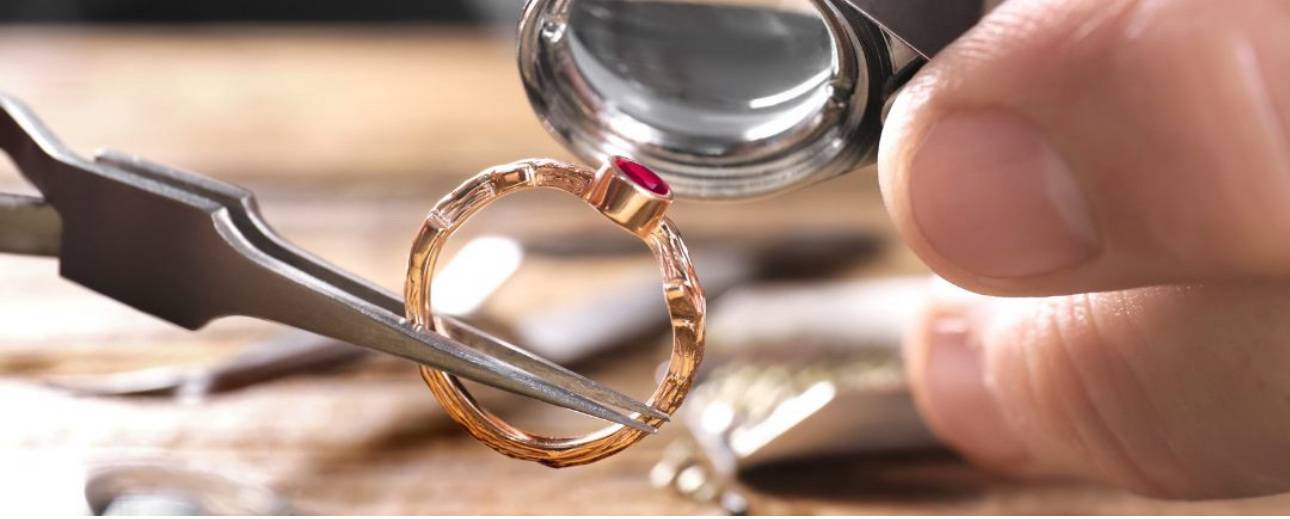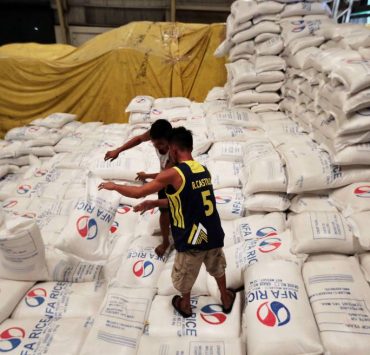What to know if buying jewelry for investment

In the Philippines, parents normally give their sons real estate, and daughters jewelry.
“When you’re given a piece of land worth P10 million, you know you can sell that land for that amount because brokers inform us that a property in a specific area sells by this much on a per square meter basis. There is readily available information on the fair market value of real estate,” says graduate gemologist (GG) Willyn C. Villarica. “We don’t have that same information for the valuation of jewelry.”
She adds, “You consult with a jeweler, and the standard phrase you’ll hear is, ‘If I were to get this, I’d buy it for this much cash.’ We must understand that the jeweler intends to resell the jewelry, so the value normally given to the client is undervalued, so parents tend to give more jewelry to the daughter to ‘match’ the P10 million they gave to their son. Estate planning is all about the equitable division of properties. This is where I come in.”
Villarica, to her knowledge, is the only Filipino who is a certified member of the National Association of Jewelry Appraisers (NAJA), an international appraisal organization based in the United States specializing in watches and jewelry. She officially became a certified member in September, but has been an internationally licensed jewelry appraiser since 2021.
There are many GGs in the country. In her family, three of them are, two of whom have graduate diamonds certifications. Villarica explained that one cannot become a certified member of NAJA unless one is a licensed gemologist; not all gemologists are licensed appraisers, but all licensed appraisers are graduate gemologists. One must take the NAJA course, which means more studying.“Because NAJA is an appraisal organization based in the United States, that meant familiarizing myself with the US taxation system, federal and state taxation. I also must become knowledgeable in the different valuation methods of appraising jewelry, depending on the purpose of the appraisal,” she said.

Family of entrepreneurs
Armed with an MBA from the Asian Institute of Management, Villarica pursued further studies at the Gemological Institute of America (GIA) in New York to get her GG license. In 2012, the third-generation jeweler opened a jewelry store in Market! Market! in Taguig. Aside from jewelry sales and services, she offers gemstone identification and diamond grading services.With her background in the pawnshop industry, Villarica was getting inquiries on jewelry appraisal for estate planning purposes, so she looked for international appraising organizations to legitimize her foray into jewelry appraisal.
“I believe in the value of continuing education. I was never content with what was taught to me. I believe in elevating whatever it is that I do or know … Also, coming from a family of entrepreneurs, it was ingrained in me to come up with my own thing. My mom was very encouraging when supporting whatever businesses I got into as long as I employed the necessary precautions. In high school, I sold rice cakes during recess. In college, I sold jewelry or traded gold occasionally,” Villarica said.
What are typical concerns her clients have when they have jewelry appraised? “Lately, the first question they ask is if the diamond they bought was lab-grown (LGD). I have a machine, the GIA iD100, that distinguishes LGDs from earth-mined diamonds. I have had so many clients who were victims of unscrupulous jewelers who claimed that the diamonds sold to them were earth-mined, only to find out that they were LGDs … It upsets me since I’m very protective of my industry. When we sell something, we should know what we’re selling,” she said.
Educating clients
Villarica also gets asked if she would buy the jewelry she appraised from her clients who want to get cash and divide the proceeds equally to avoid further issues.
“I often say no to this because NAJA doesn’t approve of it. If my clients insist, I explain that my purchase price will be significantly lower than the appraisal value I gave them because I would now step into the shoes of a jewelry reseller. To compromise, I encourage my clients to just consign their jewelry items to my store.”She shared some common myths she’s had to educate clients about. “‘It’s bad luck to wear preowned jewelry’ makes me scratch my head. I’m a firm believer that we make our destiny, and whatever life hands us is a product of our decisions,” said Villarica.
“Another myth I’ve encountered is that pearls already harvested from the shell ‘give birth’ to more pearls. Once pearls are taken out of their shells, it’s impossible for them to ‘grow’ other pearls.”If there is one thing Villarica wished people would know about jewelry, it’s that they are wearable investments. “So avoid buying synthetic/lab-grown stones. These stones do not hold value. Don’t waste your money!” she says with emphasis. If you’re buying diamonds, buy those with a laboratory certificate.
She also noted that while owning branded jewelry is great, you’re paying for the brand name. If you end up using that branded jewelry as collateral for a loan, what will be valued are just the gold or stones. So just pass the branded jewelry on to your heirs. —Contributed INQ

















